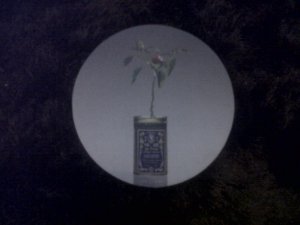Selamat Hari Toko Rekaman (Record Store Day/RD! Saya sebagai kolektor musik rekaman dan pemilik blog piringanhitam merasa sangat berbahagia pada pekan ketiga April ini yang bertepatan dengan Record Store Day. Ini hari untuk memperingati gerakan kembali ke musik rekaman fisik — yang dimulai dengan penerbitan album-album musik dari kelompok indie dalam bentuk fisik: CD, kaset, dan piringan hitam.
Tahun 2015 ini dilaporkan ada 300 rilisan khusus, dan 90 toko rekaman dan pernak-pernik, yang ikut merayakan RSD. Perayaan dilakukan di beberapa kota, khususnya Jakarta. Lokasi utama di Blok M, sebuah kompleks perdagangan yang sekarang ini entah kenapa menjadi pusat penjualan musik rekaman. Ini peristiwa kebudayaan yang membanggakan dan menggembirakan, bahwa apresiasi terhadap musik rekaman fisik tidak terbunuh oleh kehadiran teknologi digital.
Dalam postingan ini saya beri ilustrasi foto kemasan album Happy Coda karya Frau pada 2013. Frau salah satu yang sadar betul terhadap pentingnya kehadiran fisik sebuah album. Contohnya, ya kemasan album ini yang unik dan detail berupa kotak karton berbentuk bundar bergambar kaleng biskuit yang menumbuhkan tanaman bunga. Di dalamnya, disertakan booklet yang berisi data album dan lirik lagu yang dicetak di atas lembaran-lembaran bundar yang ditata berlapis-lapis. Kemasan ini benar-benar menghadirkan eksotisme fisik album. Ternyata kehidupan menghadirkan keseimbangan dengan caranya sendiri. *















